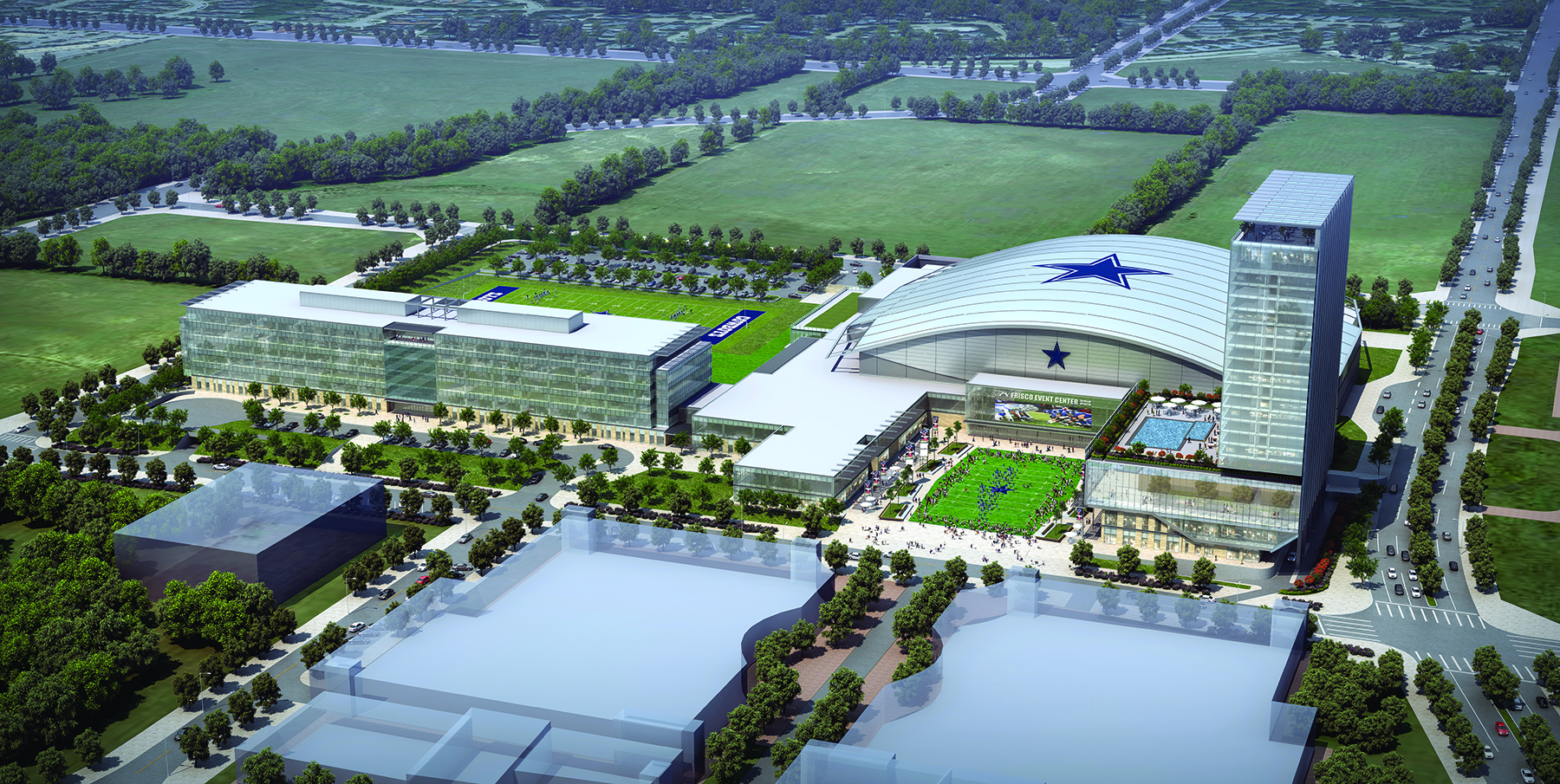Retail-driven, mixed-use districts are on the rise in the real estate industry because of what they bring to communities. Generally, RDMU can be characterized as layering a retail and entertainment node into a professional and/or residential setting. When executed well, they can be a marriage of passion, profit, and efficiency. When properly planned and programmed, RDMU directly addresses a desire for connection. Here we take a closer look at why and where an RDMU development can make sense and where the future of these projects may be headed.
What defines an RDMU district?
Many thriving RDMU districts are comprised of urban-scale architecture—often located in a suburban setting—containing retail, premium multi-family residential, and Class A office properties. In many cases, full-service hospitality assets are positioned in a key “terminus” location, making them easily accessible. Typically, these districts contain programmed events, community lawns, and pocket parks and serve as a natural gathering place or “respite” for the larger community where they are located. RDMU districts typically thrive in communities with dynamic growth, high median household income, robust infrastructure, and a great school district. Some examples of thriving RDMU districts include Avalon in Alpharetta, Georgia, Legacy West in Plano, and Kierland Commons and Scottsdale Quarter in Arizona.
Why retail-driven?
District Effect. Residential and office tenants benefit from having retail amenities nearby. Patrons can easily walk to the coffee shop, get a sandwich, or take a yoga class during lunch. This subsequently increases foot traffic for retail tenants and creates synergies and cross-promotion opportunities for all. Multifamily with adjacency to a retail district often performs at a 10–12 percent premium to its market comp set. Office with adjacency to a retail district can achieve or exceed a 20 percent premium. A local example of district effect is The Star in Frisco, with current multifamily and office rates that would have been hard to imagine at project conception.
Efficiency. In addition to the “sum of the parts” argument, a well-designed RDMU district requires fewer parts. Cross-parking efficiencies can be achieved by closely studying the peak hours of different uses and factoring this data into the placement of infrastructure. Perhaps the best expression of this efficiency would be infrastructure shared between an office tower and a five-star hotel; two uses with nearly inverse periods of activation.
Superior Returns. As the district grows and seasons, rent growth in retail, multifamily, and office outpaces the market. In particular, retail rents can see a dramatic increase as soon as five years from project commencement after a level of critical mass is reached. Another local example, Legacy West, has seen dynamic growth in retail rental rates in later phases of the project by providing luxury retailers (who typically pay the highest rental rates) the opportunity to locate in a curated district with strong performing tenants.
Market Makers. A great example of an RDMU impacting the market around it can be found in the Pearl District. Not only did this district catalyze a submarket, but it also began a broader conversation about the untapped potential in one of America’s largest MSAs. When RDMU is done well, you will often attract first-to-market concepts beside local treasures. The presence of an authentic and curated retail district will push the envelope on what is possible with rental rates and density in all product types.
Where will RDMUs be located in the future?
Collegiate and Professional Sports. Future projects may layer RDMU into a themed district to enhance branding opportunities for the anchor institution or franchise, merchants, and corporate users. The power of brand affiliation is becoming better understood by developers.
Higher Education. Huge opportunities lie at the intersection of cutting-edge research, Class A office, and curated food and beverage. Take it up a notch and layer in a performance venue and programmed entertainment.
Hospitality. As hospitality continues to play a larger role in RDMU districts, it is not hard to see a reality where programming and food and beverage offerings are consolidated through a more efficient single mechanism.
Greater emphasis on retail strategies. The market will continue to favor experts equipped to handle merchandising, adjacent phasing, and project finance trade-offs. These are merely a few key variables that characterize a delivery process that’s nearly as much art as science.
Why are local governments interested?
Economic Development. RDMU can attract corporate users and new-to-market retailers, creating a virtuous circle of job creation and increased economic activity. The presence of a vibrant RDMU district can generate significant tax revenue for a city.
Revitalization. RDMU can help cities revitalize underutilized locations, transforming them into vibrant hubs that attract residents, businesses, and visitors. This can help enhance the overall image and attractiveness of a city.
Walkability and Engagement. RDMU often includes a variety of entertainment, dining, and health and wellness options. These amenities can draw visitors and residents together, generating consistent foot traffic and a sense of community that creates vibrancy and social engagement.
As we look to the future, more people are beginning to understand how RDMU can maximize value for development(s) in general. Thought leaders in retail with the ability to program and curate RDMU will have an outsized impact on the market in years to come. We strongly believe that other property types will benefit from a retail-driven approach, which leads to sustained demand and long-term success. Some RDMU projects to watch include Fields West in Frisco, Texas, Ovation in Franklin, Tennessee, and University North Park in Norman, Oklahoma.
David Neher is the president of Rainier Development.
Author







